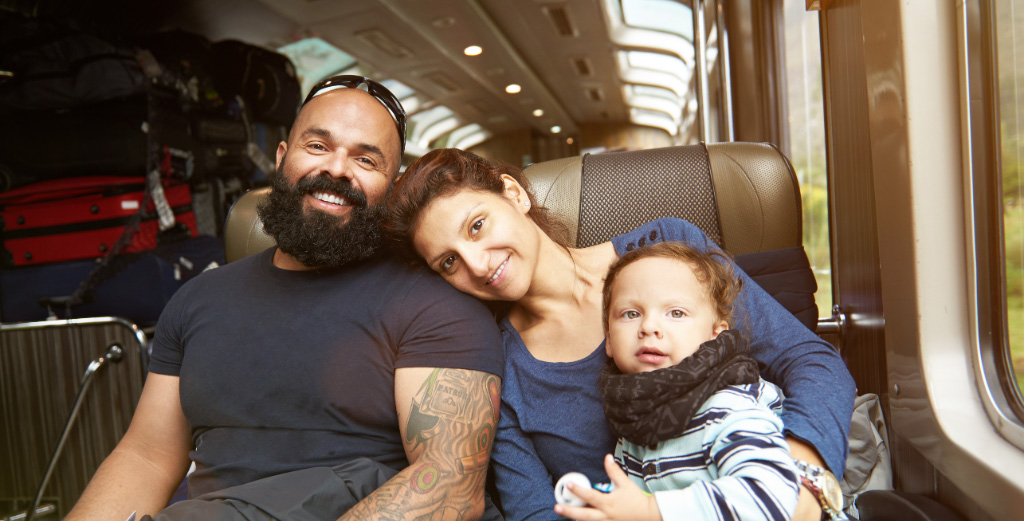The original A-I-D-A model is attributed to an advertising pioneer named Elias St. Elmo Lewis, who began articulating it as early as 1898.
The metaphor of the funnel was associated with the model in the 1920s to help illustrate the size of a business’s target audience the closer it gets to purchase.
The number of phases and their names also evolved as the marketing and advertising industry grew with the classic simple version of the funnel containing three phases of the target audience’s mindset:
- Awareness
- Consideration and
- Intent
In this model, the number of people “in market” or intending to purchase are always fewer than the number of people who are aware of your brand—and are in fact, a subset of the audience in each of the previous phases over time.
The Customer Journey
However, we know customers rarely if ever follow such a logical, linear process. Nor are there any formal rules for such behavior and every brand or product acquisition experience is different.


